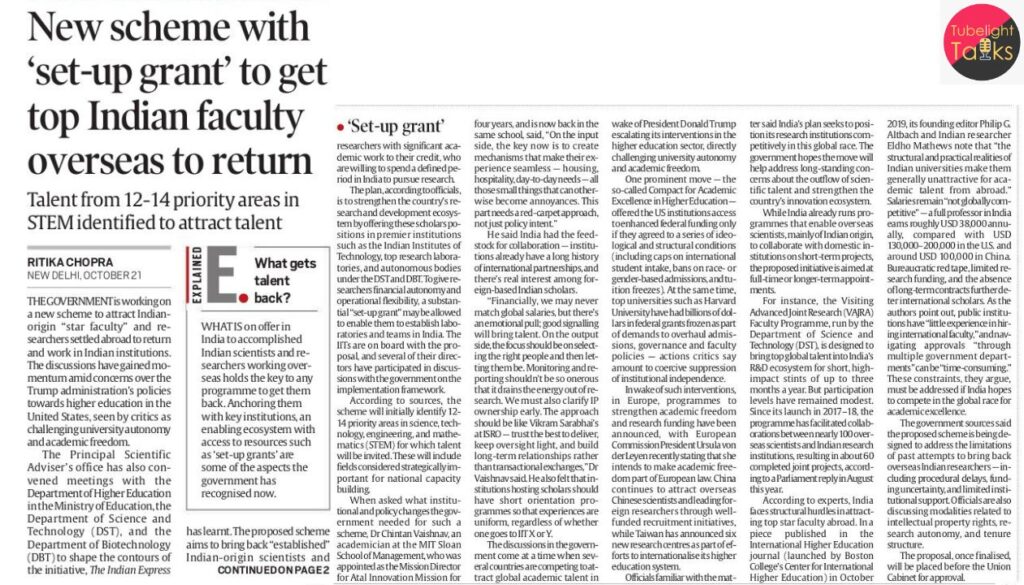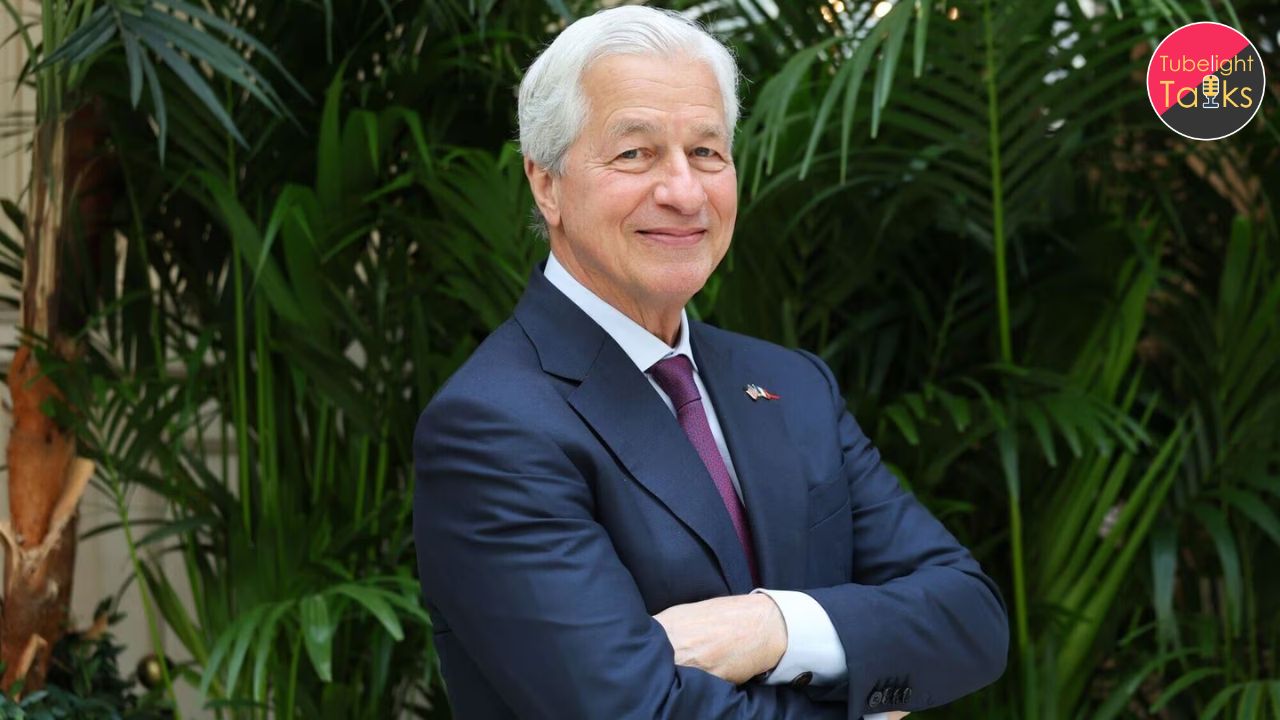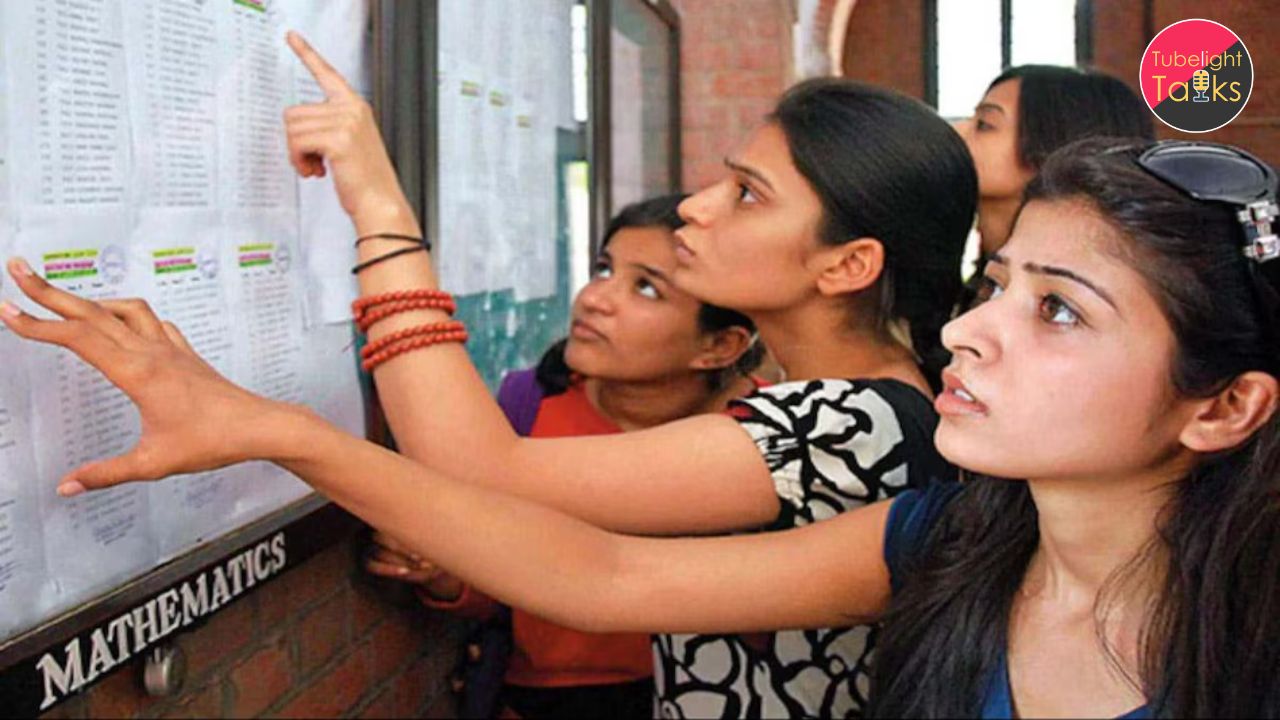Sridhar Vembu’s Call: In a series of posts on X, Sridhar Vembu highlighted new research showing that Indian immigrants make the highest fiscal contribution among major immigrant communities — roughly $1.7 million per person over three decades in the U.S. He wrote: “Bharat Mata wants you, needs you and welcomes you! Come home, let’s create a strong and prosperous Bharat.” He also questioned: “From the migrant perspective, why stay where you are not welcome?” — pointing to growing anti‑immigrant sentiment in some host nations.
The Timing
His appeal comes at a moment when India’s startup ecosystem, AI deployments and manufacturing push are accelerating. The “brain‑return” narrative fits into India’s ambition to transform from “talent exporter” to “global talent hub.”
The Context of Talent Migration & Reverse Flows
India’s Diaspora Advantage
For decades, India has sent large numbers of skilled professionals abroad — especially in technology, research and healthcare — benefitting from remittances and global networks but also facing brain‑drain concerns. The new research (by economist Daniel Di Martino) shows Indian diasporans gave substantial net fiscal benefit to the host economy — a statistic Vembu used to illustrate latent national capital.
Reverse Migration Trends
Globally, countries like China, Taiwan and South Korea saw peak emigration during growth‑spurts, followed by reverse flows as domestic ecosystems matured. Vembu cited such historical precedents to argue India is in that phase.

India’s Opportunity Window
With India projected to be a major growth engine in tech, manufacturing and services, the return of skilled professionals can accelerate local innovation, R&D, startups and jobs — boosting competitiveness and self‑reliance.
Implications for India’s Tech & Economy
Strengthening Domestic Ecosystem
If high‑skilled professionals return — or engage remotely — India could gain leadership in global value‑chains, develop new products, build ambitious R&D centres and reduce dependency on foreign talent. Zoho’s own model of placing operations in rural India (Vembu’s design) exemplifies decentralised innovation and low‑cost high‑impact models.
National Strategy Alignment
The appeal aligns with India’s broader policy push: Atmanirbhar Bharat (self‑reliant India), Make in India, startup India, Digital India — all require human capital, not just capital investment.
Challenges and Realities
However, successful talent return is not automatic. Returnees often cite concerns: infrastructure quality, bureaucratic delays, social mobility, quality of life and global exposure. These remain structural obstacles.
Read Also: Indian IT Minister Endorses Zoho Corporation: A Swadeshi Leap in Digital Productivity
Practical Hurdles & Considerations
Infrastructure & Ecosystem
Professionals looking to return need vibrant ecosystems: access to capital, global markets, research infrastructure, quality of life, and education for children.
Policy & Incentives
Tax incentives, relocation support, startup grants, dual citizenship debates, re‑recognition of foreign experience and credentials are policy levers that will matter.
Cultural & Social Factors
Reverse return also triggers assimilation issues: families abroad, children educated overseas, lifestyle adjustments. Emotional appeal must accompany practical support.
Retention vs. Return
Returning is one part; staying, growing and scaling in India is harder. If returned professionals struggle, future flows may slow. Hence retention strategy is essential.
Cycle of Talent and National Service
From the teachings of Sant Rampal Ji Maharaj and the principle of satgyan (true knowledge), talent and achievement are most fruitful when directed toward service, upliftment and collective welfare. Vembu’s message to India’s diaspora resonates with this: the brightest minds returning home not just for individual gain, but to build nation, jobs and innovation, reflects a satgyan‑aligned purpose. When home‑grown expertise serves humanity, the cycle of talent becomes both national and spiritual. Remember the true home is Satlok where to return through Satbhakti.
What to Monitor Going Forward
Return Flow Metrics
Will we see rising numbers of skilled professionals relocating to India? Start‑up formation by returnees? Talent‑reverse funding volumes?
Policy Developments
Will India announce new initiatives: Returnee grants, relocation subsidies, tax breaks, ease‑of‑doing business for returning professionals?
Ecosystem Impact
Will the return of talent translate into measurable outcomes: new firms, patents, jobs, rural tech hubs and increased R&D intensity?
FAQs: Sridhar Vembu’s Call For Talent Return
Q1. What did Sridhar Vembu ask Indian professionals abroad to do?
He urged them to return home, saying “Bharat Mata wants you, needs you and welcomes you”—arguing India now needs its brightest minds.
Q2. Why is he making this appeal now?
He cited new research showing Indian immigrants make highest fiscal contribution abroad (~$1.6‑$1.7 million over 30 years in the U.S.), and he argued India should attract this talent back.
Q3. What obstacles do returning professionals face?
Concerns include infrastructure quality, bureaucracy, lifestyle transition, value recognition, and startup‑ecosystem maturity.
Q4. What is the larger significance for India’s economy?
Return of high‑skilled talent can fuel innovation, strengthen competitiveness in tech and startups, support Atmanirbhar Bharat and global value‑chain participation.
Q5. How does this tie into a broader social narrative?
The appeal of talent return reflects a shift from brain‑drain to brain‑gain. From a satgyan perspective, serving one’s country with that talent links growth to human upliftment and collective purpose.










